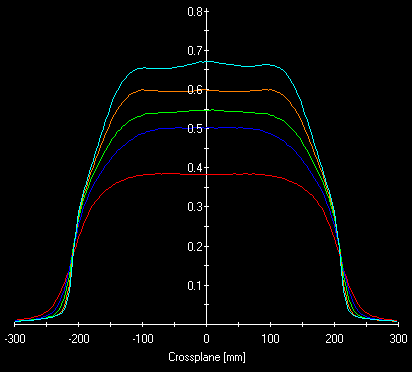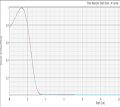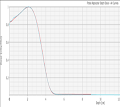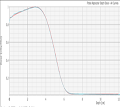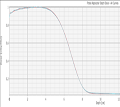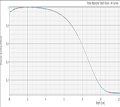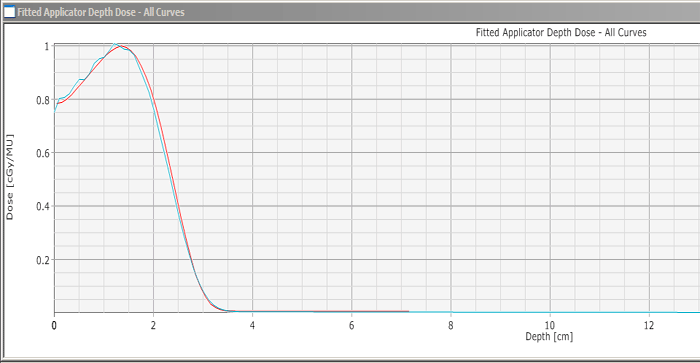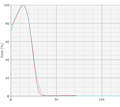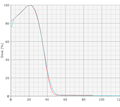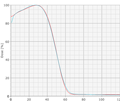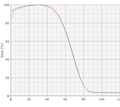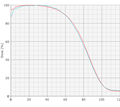Beam data measured on-site in the water phantom are needed for the configuration of the eMC algorithm. This is because all clinical beams differ a little with respect to energy spectrum and beam profiles. If this were not so, it would suffice to import generic "Golden Beam Data" and configure the calculation model with this data.
Only a few curves and reference doses (in cGy/MU) are needed. All measurements can be performed on one day.
- For each energy/applicator combination, a depth dose curve, measured in the water phantom, plus the absolute dose at some reference depth (usually dmax) in cGy/MU is needed.
- The same is needed for each energy and open beam (usually 40x40cm). The applicator is removed.
- For each energy, without applicator a beam profile in Air, 5cm above isocenter (SSD 95cm), has to be measured.
